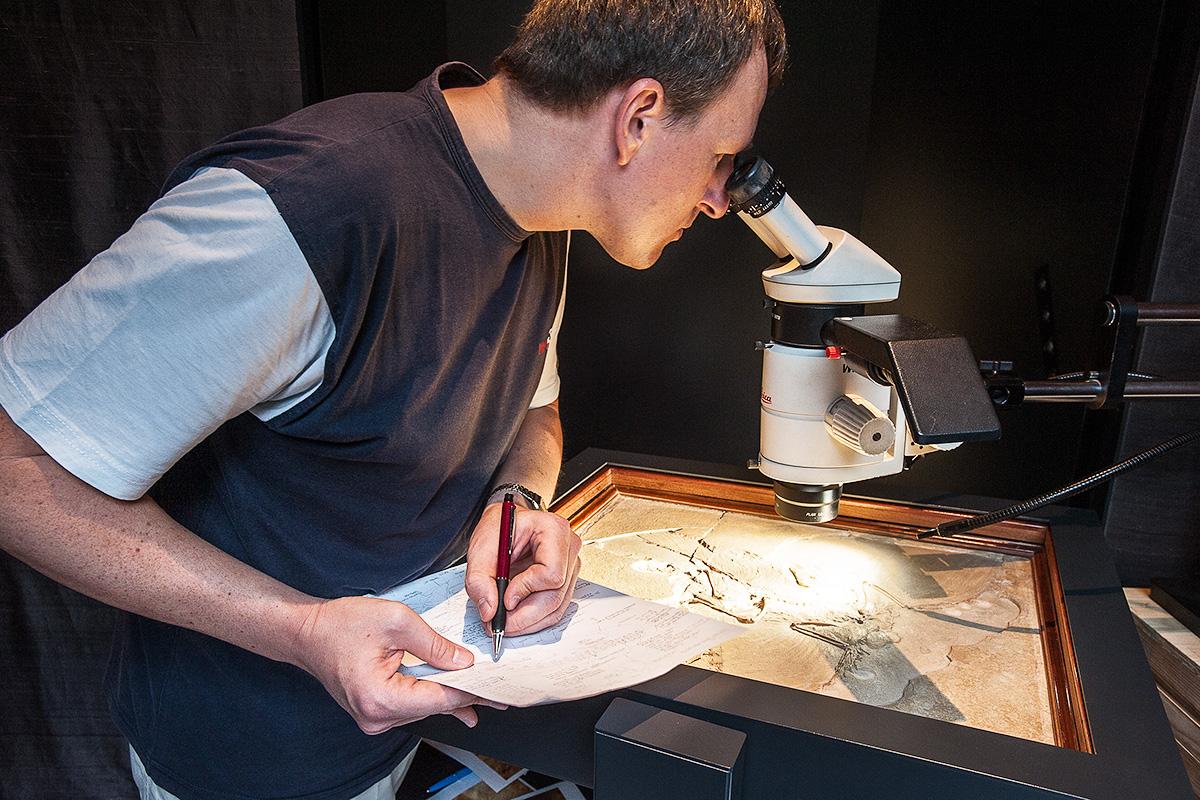Research museums such as the Museum für Naturkunde do not work in isolation, but are always part of national and international networks. Networking with other research institutions and policy stakeholders promotes exchange and is the driving force behind innovative research. More about the Memberships of the Museum für Naturkunde Berlin you can find here.
The Museum für Naturkunde - Leibniz-Institute for Evolution and Biodiversity Research is an integrated research museum within the Leibniz Association, which, in turn, comprises 91 independent research institutes. These structures form the basis for effective network-building in science. Certain topics are tackled communally, such as the Biodiversity research alliance that comprises 21 member institutions.
In addition, the Museum für Naturkunde takes part in many trans-institutional research projects. Project-focussed networking between stakeholders within the research landscape is an effective way concentrating national and international expertise,
DCOLL is an excellent example of successful collaboration at national level under the auspices of the Museum für Naturkunde. The objective of this ambitious project is to enhance the national research infrastructure by making 150 million specimens in natural history collections all over Germany available and digitally accessible by 2026.
The GENART project demonstrates how important collaboration can be when dealing with complex research problems. The research topic is the division of one species into two reproductively isolated species. Six institutions in the Brandenburg-Berlin region have joined the project to achieve high efficiency of resources and exploit synergies.
Collisions in space are unavoidable. The MEMIN project consists of several subprojects that explore side effects during the formation of impact craters. The focus is on creating a network for knowledge transfer between scientists working at very diverse institutions.
Our selection shows that scientific networks exist in many forms and will differ in structure from each other. You will learn about many more research projects on the research pages of the Museum’s website.
